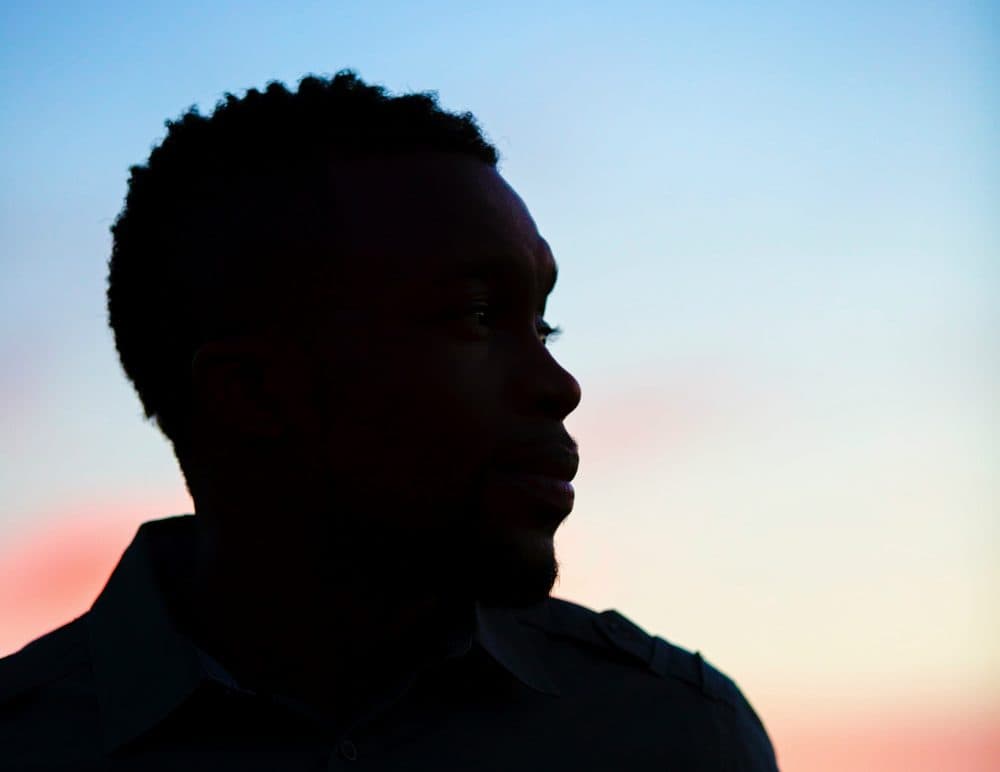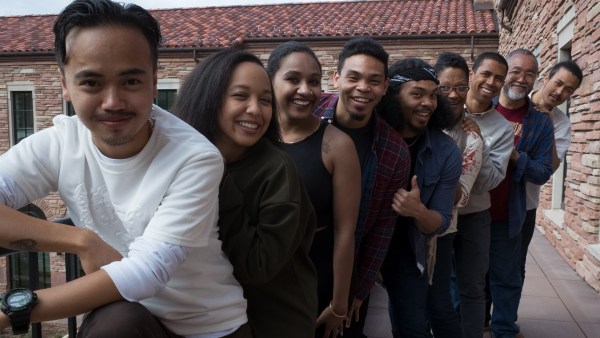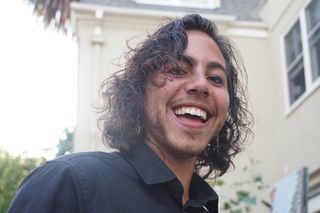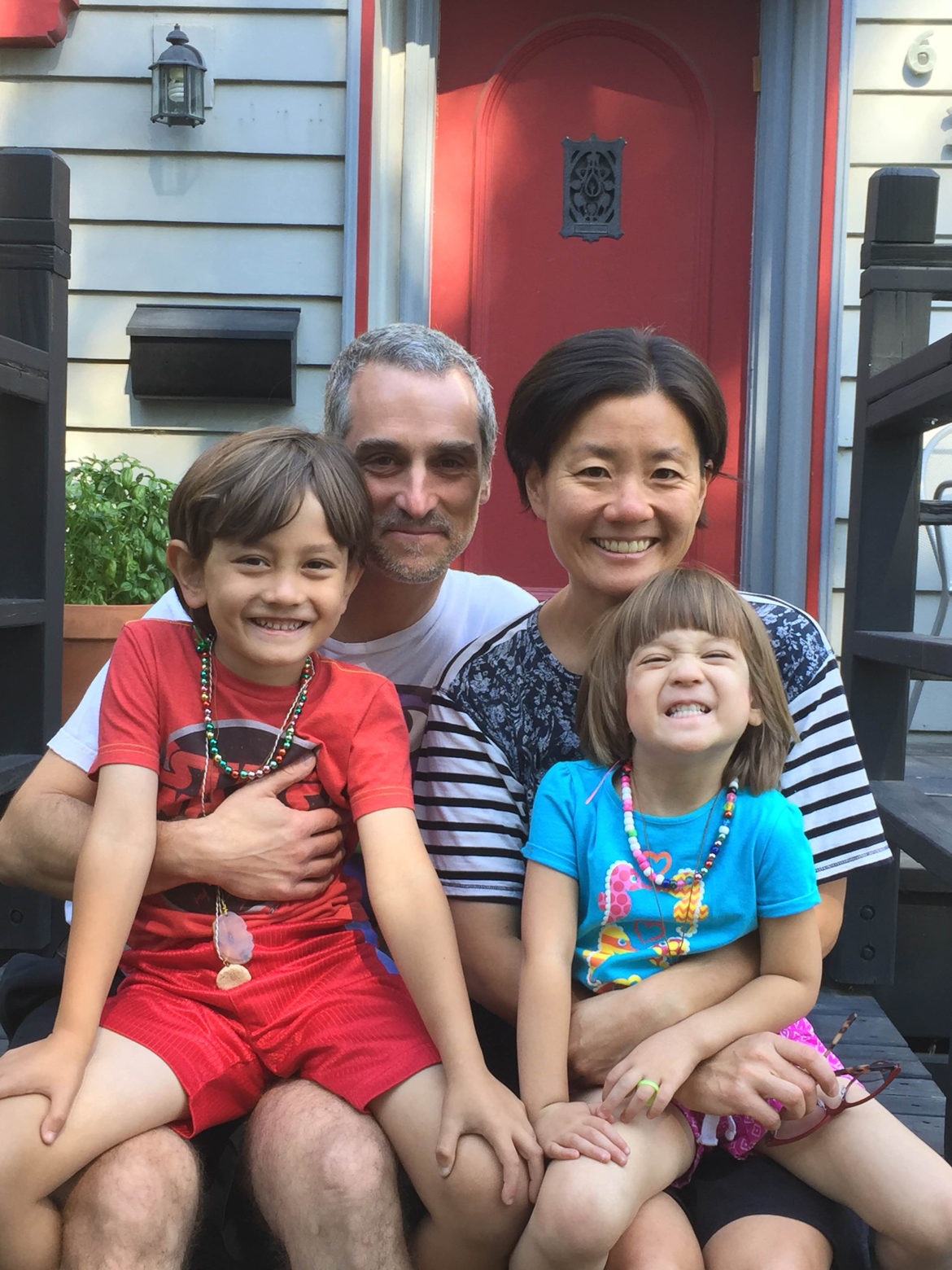Shaping a child’s race identity: Black, white, or other?Posted in Articles, Family/Parenting, Identity Development/Psychology, Media Archive, United States on 2017-05-17 01:28Z by Steven |
Shaping a child’s race identity: Black, white, or other?
Chinook Observer
Long Beach, Washington
2017-05-09
Ruth Elaine Jutila Chamberlin
 Lindsay Chamberlin was photographed near the time of her adoption. FAMILY PHOTO |
We sat in straight chairs, waiting to meet our daughter. Burt held Jordan, age two, and Jamie, 13 months, while I jittered solo, eager to hold the baby. “Eager” doesn’t come close. I was afire. Atingle!
Here’s what we knew (no photos available): Eight months old. African-American/Irish-American. Foster child, next county. We wanted her! But were we, a white couple, the right parents for this child? Adoption workers would watch us interact with the baby and decide, yes or no.
The caseworker came in, carrying Lindsey (we’d already named her, hoping to adopt her). I was stunned! My imaginary Lindsey was a shy, pint-sized, brown-skinned baby. The real one was big for her age, light-skinned, calm, and forceful.
Lindsey was in charge of the meeting. She shot us piercing looks. Dear child! First she lost her birthmom, her familiar voice and heart rhythms. Lindsey grieved. Another mom took her. Everything changed. Lindsey grieved more. But she was brave. She learned to roll over, sit and creep, eat solid food, looking to that mom for praise and safety. Now SHE’S gone? NOT FAIR! No one asked ME!…
Read the entire article here.







